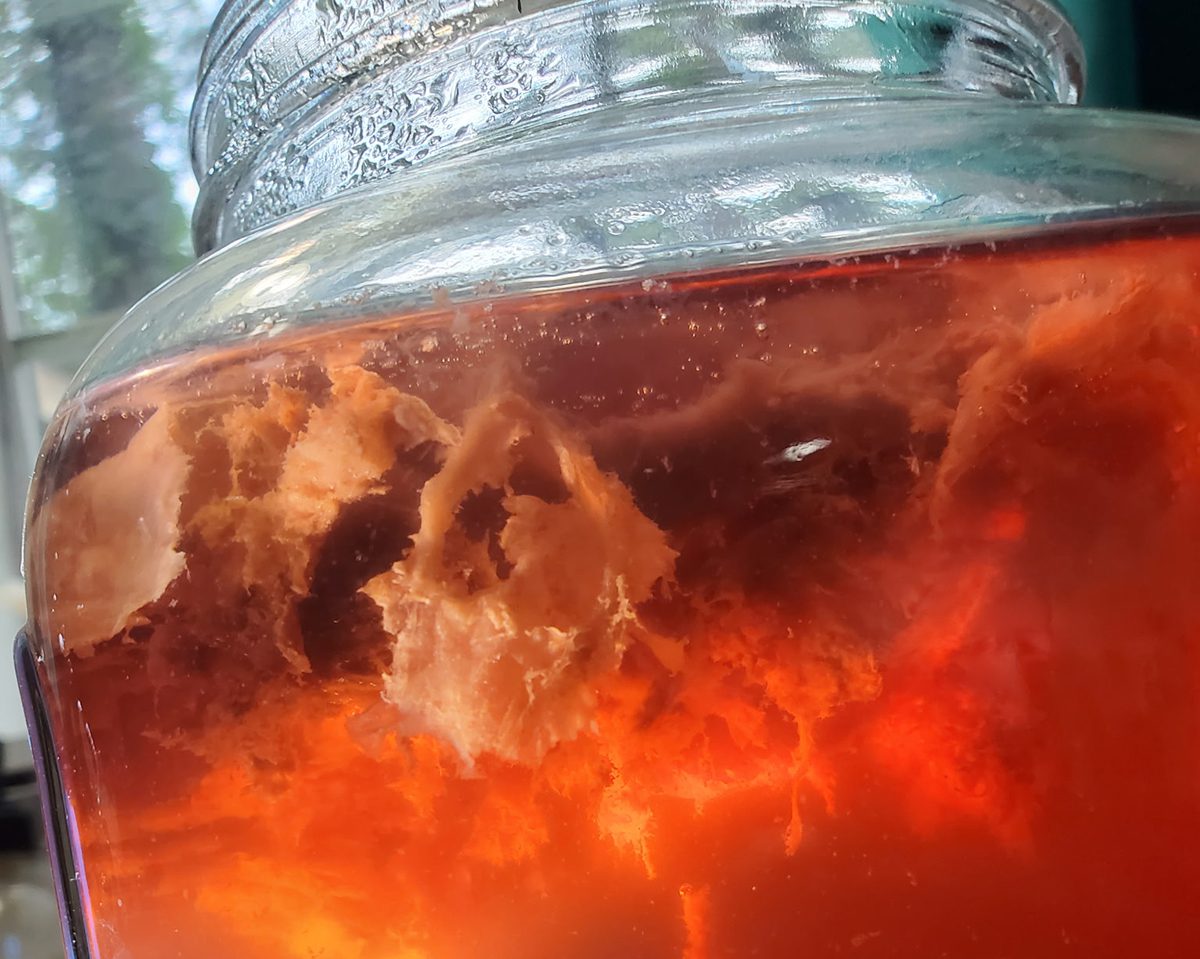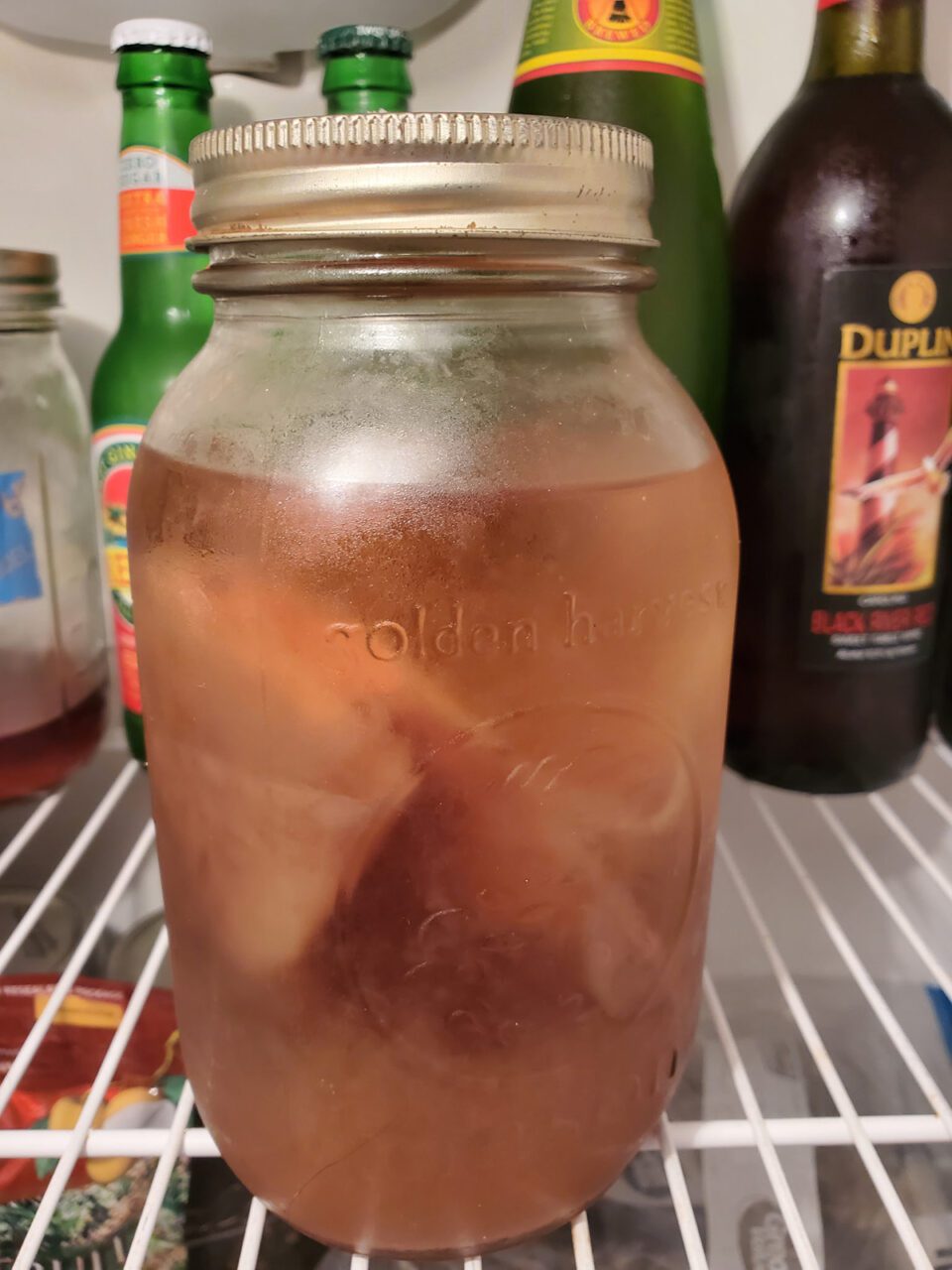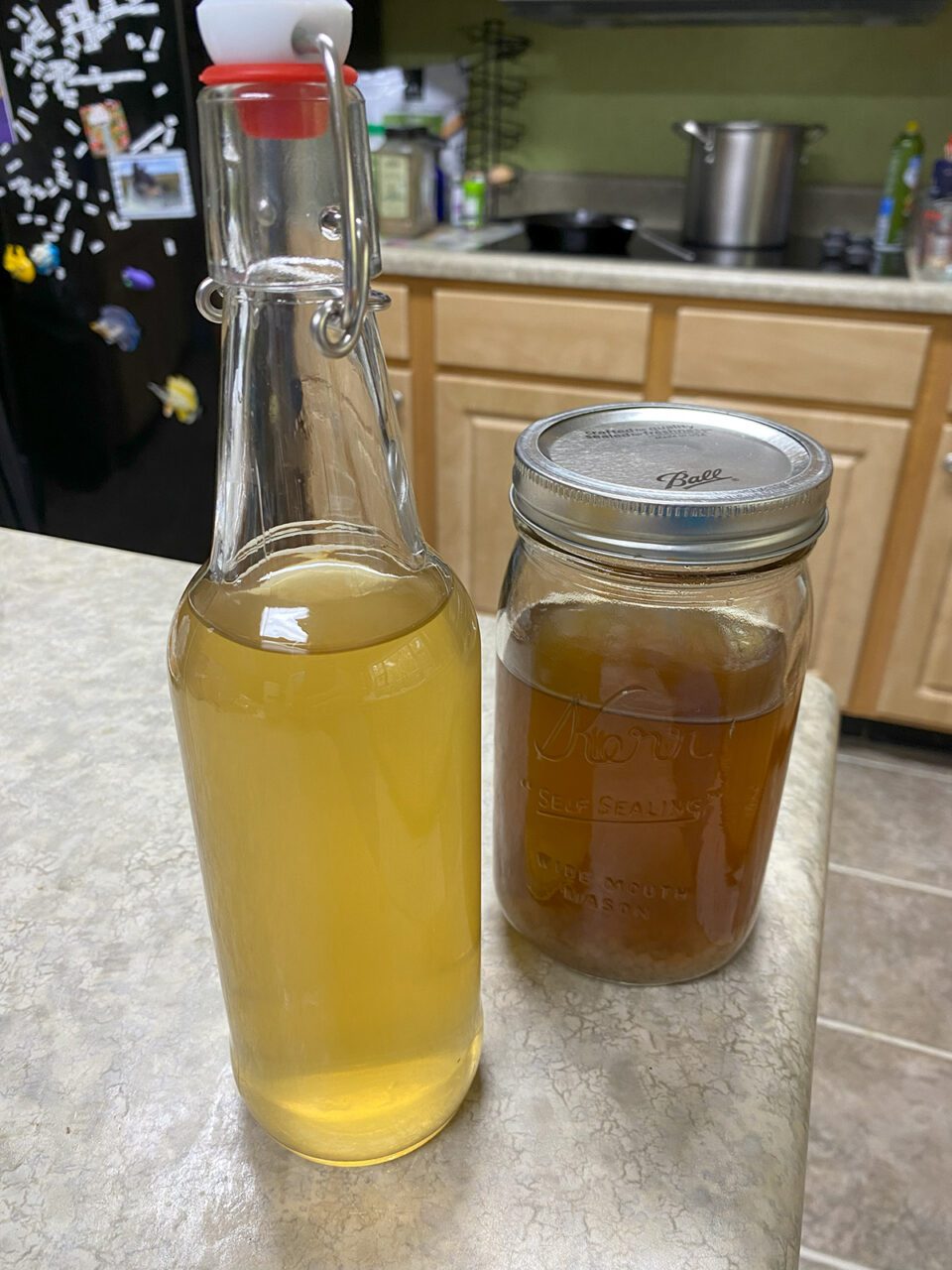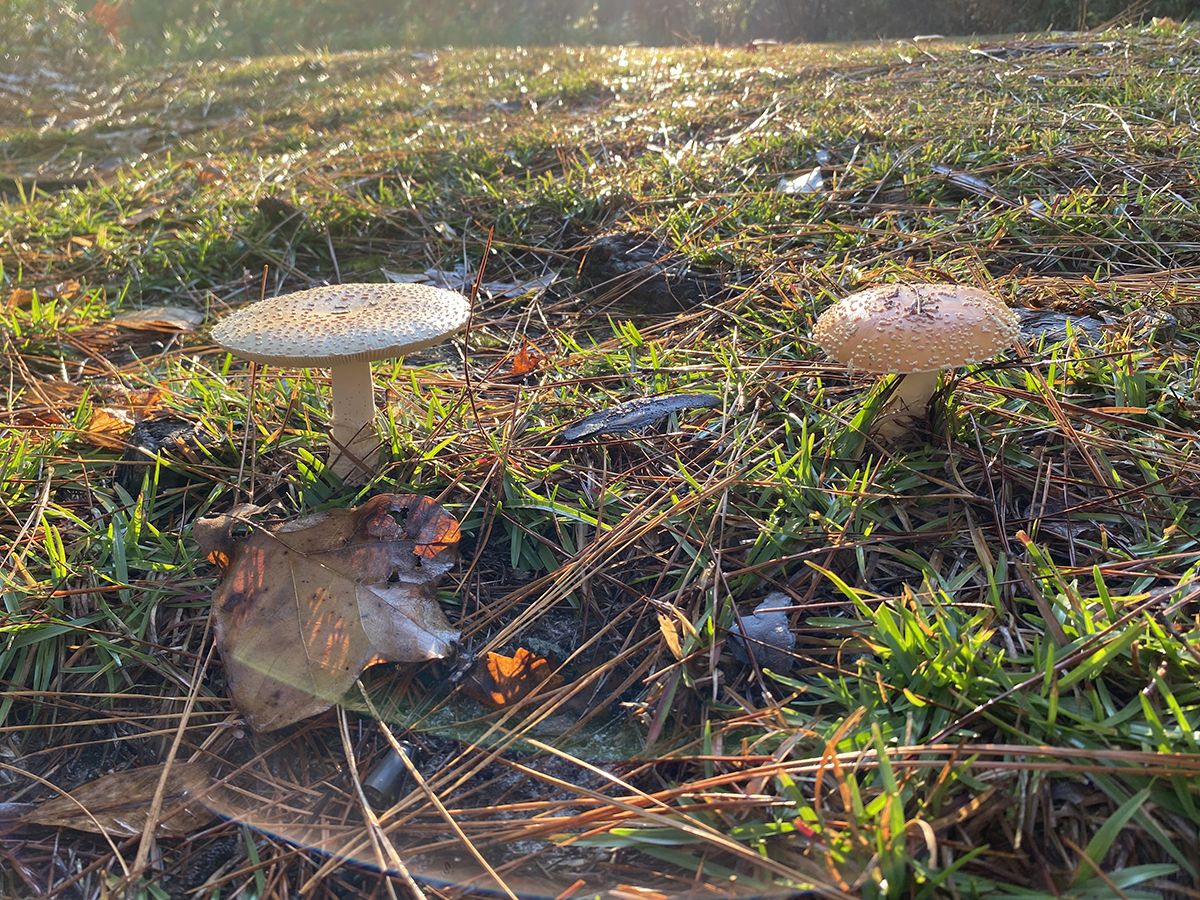
Sauerkraut is the only form of fermented vegetable a great many of us are familiar with.
While sauerkraut is a love-it-or-hate-it proposition to most people, fermentation is an ancient and invaluable form of preserving food. Fermentation not only keeps vegetables edible for longer than their growing season, the process of fermenting vegetables, which uses raw instead of cooked veggies, is super healthy for you.
Supporter Spotlight
Fermentation relies on the process of lacto-fermentation where beneficial bacteria, primarily Lactobacillus, convert natural sugars in the vegetables into lactic acid.
Lactobacillus, one of the key players in fermentation, are naturally occurring bacteria present on the surface of most vegetables. By consuming the sugars in the veggies and converting them to lactic acid, carbon dioxide and other flavorful compounds, these beneficial bacteria not only preserve veggies but also give them their unique flavor.
A natural preservative, lactic acid works by lowering the pH, which in turn inhibits growth of harmful bacteria.
Since the veggies are fermented raw and in their natural state, more nutrients remain in the finished product. Bonus: Fermenting produces powerful probiotics.
In order to ferment vegetables, you only need a few simple ingredients and containers of some sort. Think … your grandma’s crocks, the light-colored ones with the blue band just under the top rim or the tan-bottomed ones with the brown uppers. Little brown jug, anyone?
Supporter Spotlight
Salt.
Water.
Time.
So, if fermenting is easy to do and so good for us, why don’t more people utilize the benefits? It’s possibly because modern people tend to equate “fermented” with “rotten.”
You can ferment practically any veggie. Some, like cabbage, need to be shredded first. Others, like cauliflower, can simply be cut into bite-size pieces.
While crocks are not necessary unless you’re fermenting huge amounts, canning jars will work just fine.
For salt, sea salt is recommended. Not only does it have more minerals, sea salt generally does not contain the anti-caking agents that table salt includes. Table salt can sometimes inhibit the Lactobacillus from thriving. The quantity of salt is especially important. Besides salting to your taste, using too little salt can lead to spoilage from the growth of harmful bacteria. Too much can prevent the formation of beneficial bacteria and lead to no fermentation at all. The salt-to-water ratio is probably the most important aspect of the whole process, and it varies according to the vegetables being preserved.
Brine, or water with salt mixed in it, should be poured over the veggies once they are in your clean crock or jar. Or you can dry-salt juicier veggies and let the salt draw out the juices from within, adding water if needed. Another important part of the fermenting process is making sure all the contents of your crock or jar are submerged. You can purchase glass weights designed for this exact purpose, or you can use any glass or bowl that will keep all the contents submerged while leaving space around the edges for venting. You can even use glass rocks or simply a zippered storage bag filled with brine.
Time is the most consuming part of this. It takes a good deal of time to soften the veggies and get them to the right tanginess. Depending on which veggies you choose, the temperature in your home, and how you want them to taste, fermenting can take a couple days or up to several months.
Speaking of time, salt has been an invaluable currency and trading item for, well, forever.

Modern people don’t pay plain old salt much attention. Everyone has at least one salt shaker in their kitchen, on the table, near the stove, or in the pantry. Some of us get chastised for eating too much salt.
Anyone can go to any grocery store and buy as much salt as they want.
We use salt from everything as glorious as cooking to as lowly as melting ice on roadways.
Once upon a time, although essential for life and preserving foods, salt was scarce unless you lived near a body of saltwater or a naturally occurring salt pan.
Salt provides key elements to keep us healthy, especially if you live in a hot, humid environment and sweat a lot.

Trade routes were developed between salt-producing areas to areas without salt. Using either pack animals or wagons was the main way to transport salt, and that led to the construction of better roads.
Not only did the caravans on the Salt Roads bring salt to people who needed it, they greatly facilitated the spread of knowledge and cultural exchanges.
As early as 1776, saltworks were created around Beaufort and Morehead City. Robert Williams set up a saltworks near Gallant’s Channel. Richard Blackledge set up one on the north side of the Newport River near the mouth of Core Creek. That piece of coastline is still known to locals as “Salt Works.”

These local salt-processing plants relied on our abundance of naturally salty water and worked by either boiling it or simply pouring it into shallow evaporation pans in the sunshine. These Carteret County saltworks played an important part in local history as did others like them up and down the North Carolina coast and beyond.
Many of the old-timers still remember when salted fish was the norm. A wooden barrel was layered with fish and salt until filled — one of the only ways people here had to preserve their fresh catch.
Salt was also invaluable in tanning hides and making leather for shoes and tack and various and sundry other items.
Here in the county, the local saltworks tradition is being carried on by the Atlantic Beach Sea Salt Co. The proprietors, Bill and Kristi Langston, go far offshore and pipe the salty water from 17 fathoms deep — around 102 feet for any landlubbers out there — into their boat tanks.
Once they return to Bogue Banks they use a small-batch method to produce amazing salt that’s chock full of nutrients.
As with baking sourdough — which is also a form of fermentation — fermenting vegetables is once again coming back into favor, and it’s being recognized for its health benefits.







